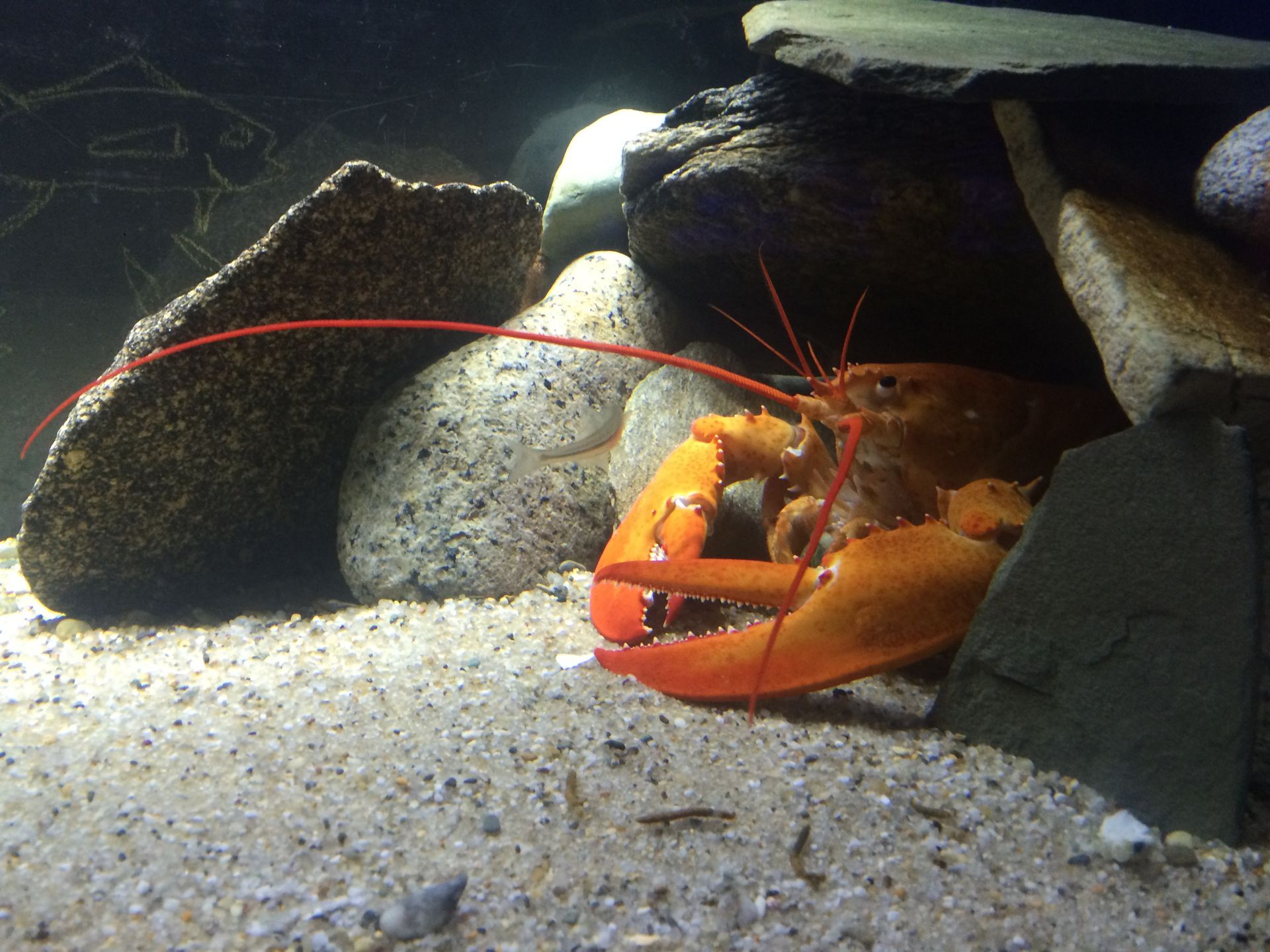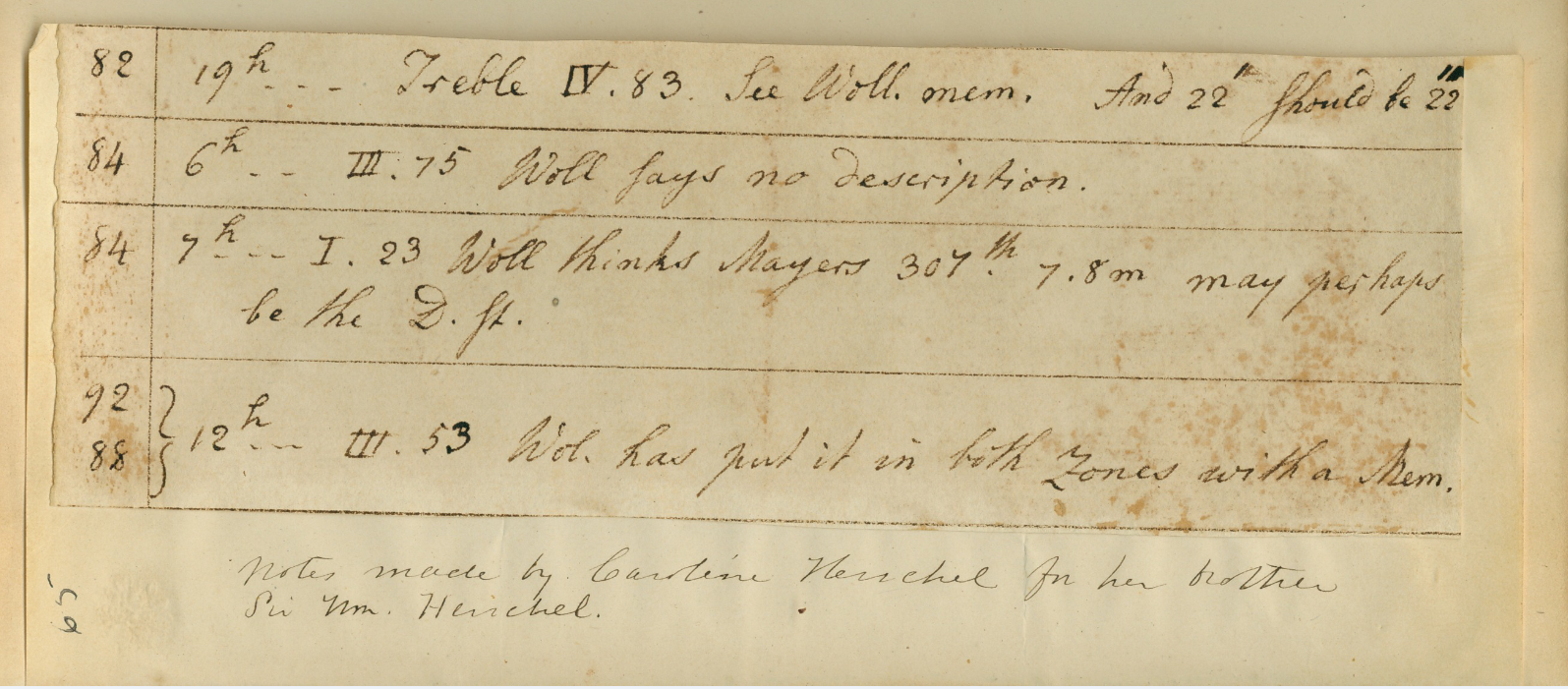Sunlight
A few weeks ago as I was vacuuming the Birth Room in preparations for closing the Mitchell House for the winter (always a depressing thing to do!), I turned and looked back into the 1825 Kitchen to see the sun streaming through the windows and casting its light and shadows across the floor. Simple. Beautiful. I thought about how this pattern of sun and shadow across the floor is something that has played out since the kitchen was built by William in 1825. Lydia, William, Maria and all of her siblings saw that same light and the shadows of the sashes and mullions that I was looking at for the thousandth time as well. That has not changed – for over 187 years. Wow!
I also thought about how lucky Lydia and the Mitchell’s were to have a kitchen so filled with lovely afternoon sun. In the summer that made it a bit too warm especially with the fire going for cooking, but in the winter and during cool fall and spring days, that afternoon sun was a help for lighting and warmth.
Now not much has changed in the Mitchell House since it was built in 1790 and we also have many of the family pieces owned by the William and Peleg (William’s youngest brother who later owned 1 Vestal Street) Mitchell families, as well as Maria. But something so simple as the sun – and it remains the same. I think it is important to remember that we are just the caretakers of a home or building – even if it is our personal home. Owners of a home will come and go but the building will remain for generations and it is our privilege to live or take care of that building or home and our responsibility to preserve and protect it for the future so that someday, say in a hundred years, someone else will look upon a moulding, a fireplace surround, a riser, or even the sun coming through the window and know that someone else admired that one hundred, two hundred, three hundred or more years ago and that it has not changed. It connects you even more to the past and the people who inhabit the past.
JNLF
Recent Posts




